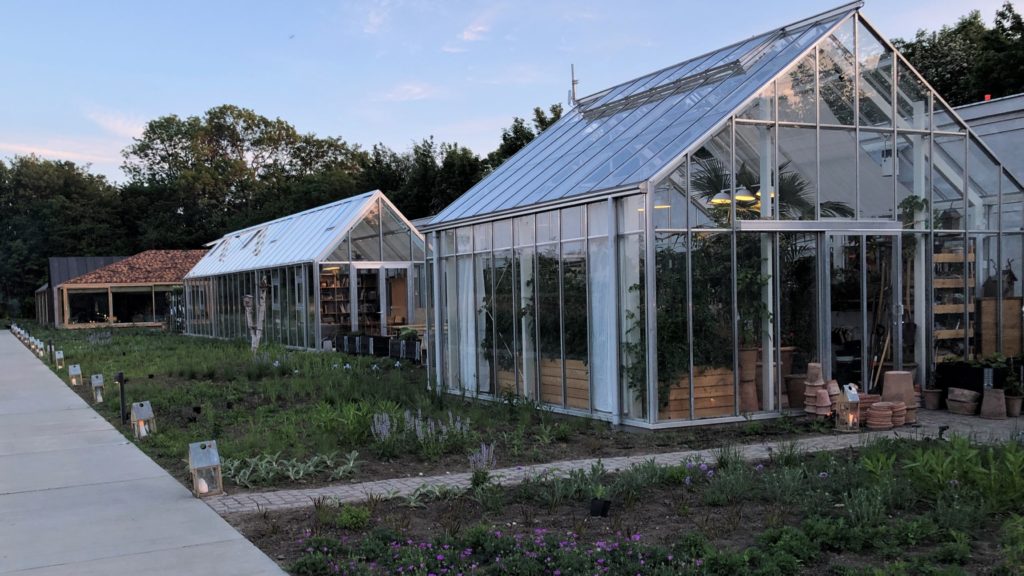
In the late spring when the weather turns for the better and the sky is blue, Copenhagen awakens from a cold slumber. The city is vibrant and pulsates with anticipation of summer. This is why I love starting my summer of research and development in Denmark at Noma – a name that blends the words Nordisk and Mad (the words Nordic and Food in English). We choose this time of year because it’s seafood season. A meal at Noma is not easily described, nor is it possible to do justice to the experience in a brief posting like this. I have far too much respect for chef Redzepi and the employees at Noma to attempt a summary. However, there are four lessons learned during this most recent visit:
1) When contemplating a protein – consider the whole animal. Work hard to find delicious and practical uses for all parts. We can do so much more with what we have (codfish tongues, swim bladder)
2) The art of fermentation and preservation yields products that lift the deliciousness of many foods (koji cakes, molded fermented barley, glazes, broths)
3) Sea vegetables are more diverse and delicious than we acknowledge (as infusions, extractions, pastes, garnishes, main ingredients, and serving vessels)
4) We can do more with technology to disclose to guests (and the world) the source of our foods. This includes geolocation of exactly what was caught, when it was caught, where it was caught, who caught it, how it was handled. (Arctic King Crab).
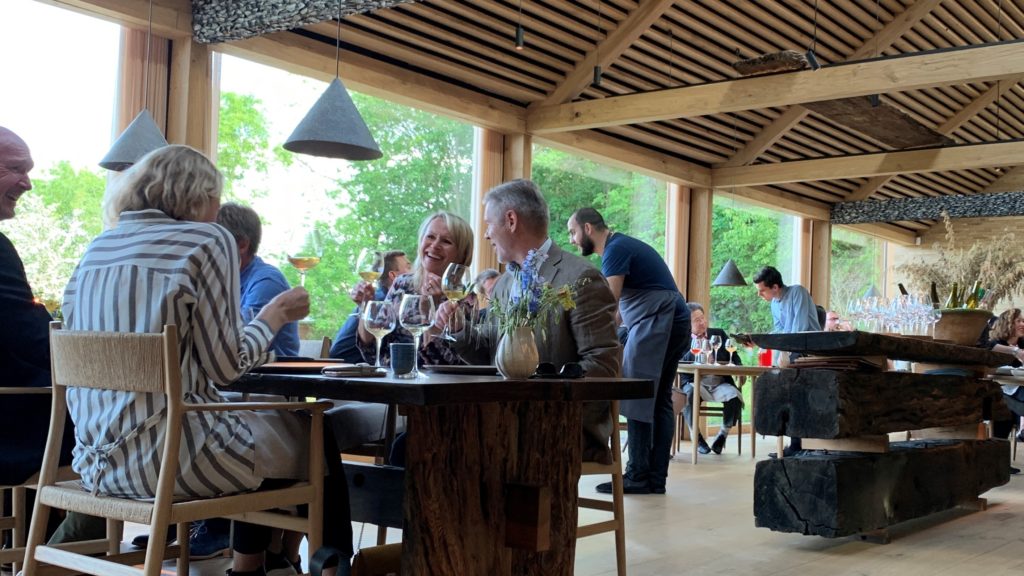
Noma is a global center of culinary innovation and influence – where deep effort and investment yield transformative results. Few teams work harder, are subject to such intense scrutiny, or so heavily influence the path we travel than Noma. Redzepi’s work ripples out from Copenhagen throughout Europe and the rest of the world. If you want to peer into the future – spend an evening at Noma.
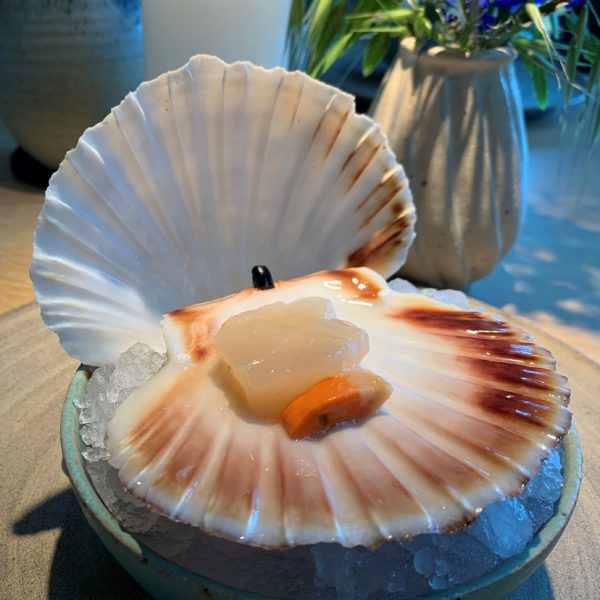
1) Norwegian Sea Scallop –
Shucked only when the guest is seated. Served with a tiny bite of roe.
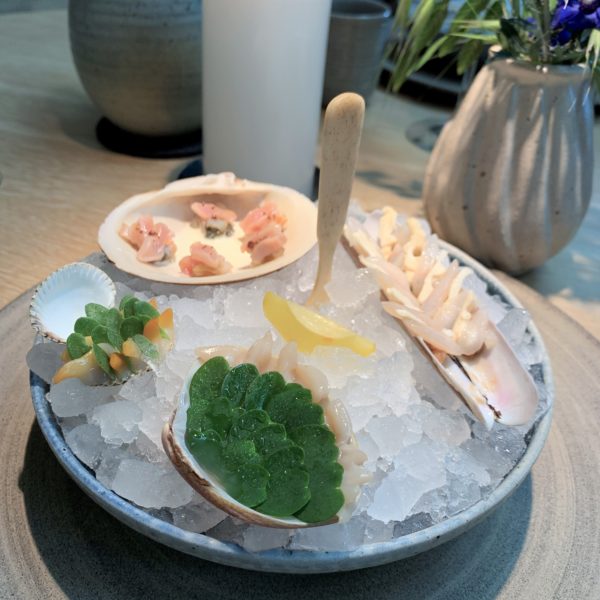
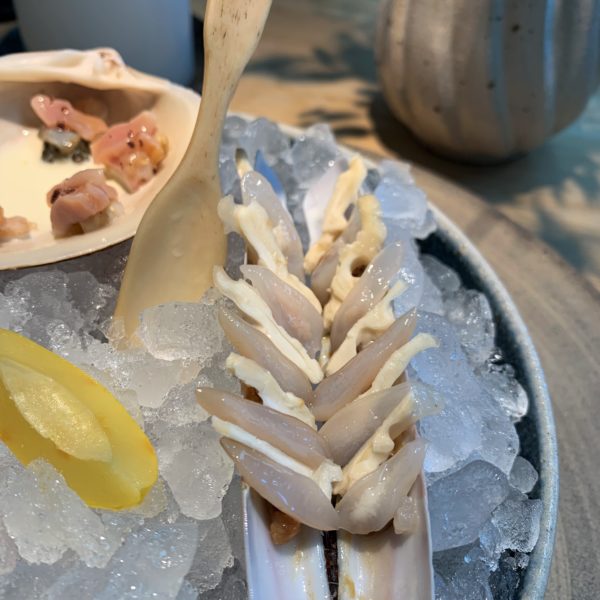
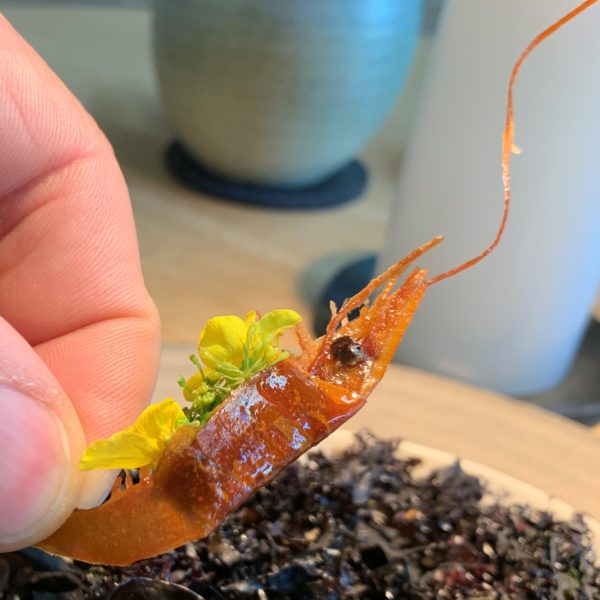
3) Marinated Sweet Shrimp – formed into a sheet, dried until crisp. Folded over light mousse, flowers herbs
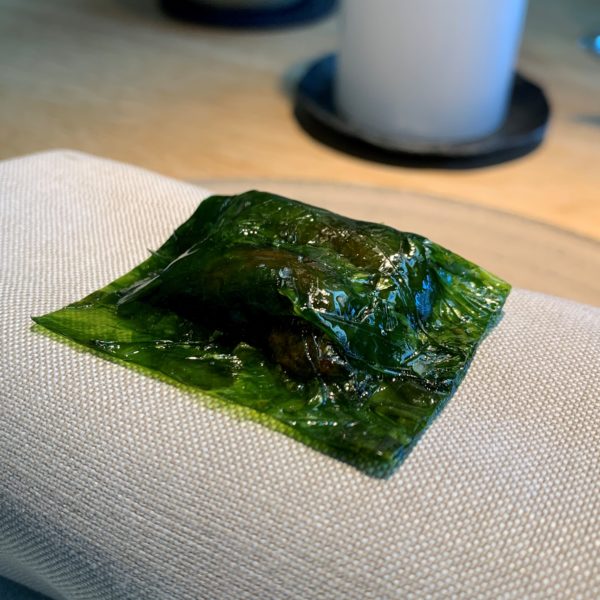
4) Grey Shrimp Cooked with Sea Lettuce, produced like a beautiful ravioli filled with delicious whole shrimp
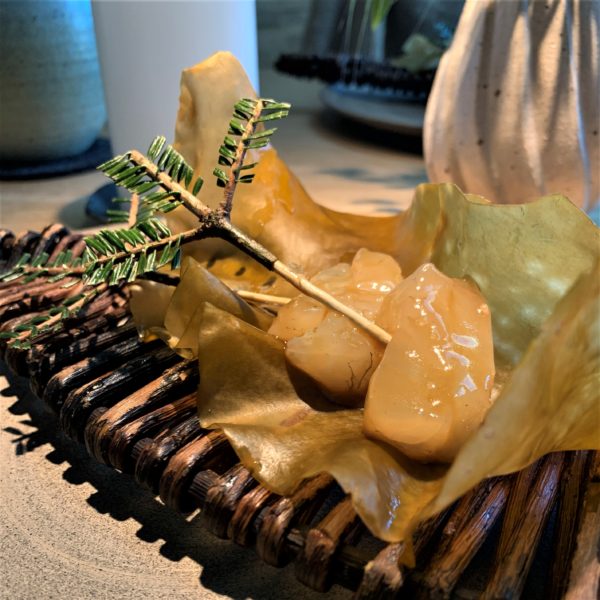
5) Cured Turbot – Pine Frond skewers, fermented glaze, served on a basket of woven branches and a bed of sugar kelp.
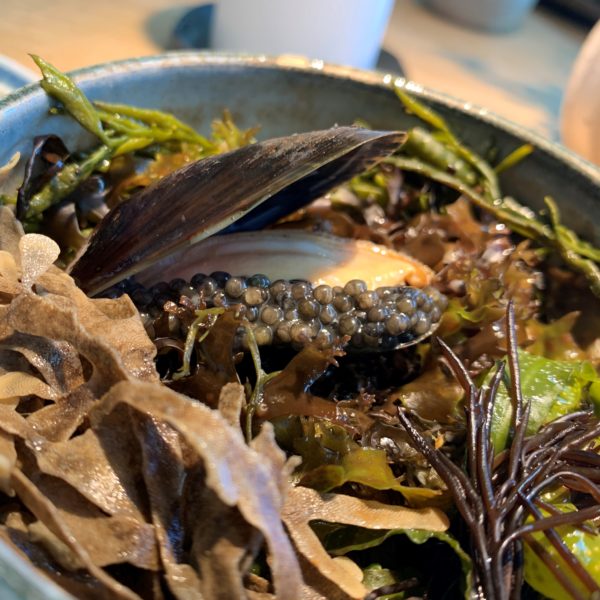
6) Medium Rare Blue Shell Mussel – caviar garnish, on a bed of mixed sea vegetables and a hot sea vegetable and mushroom broth
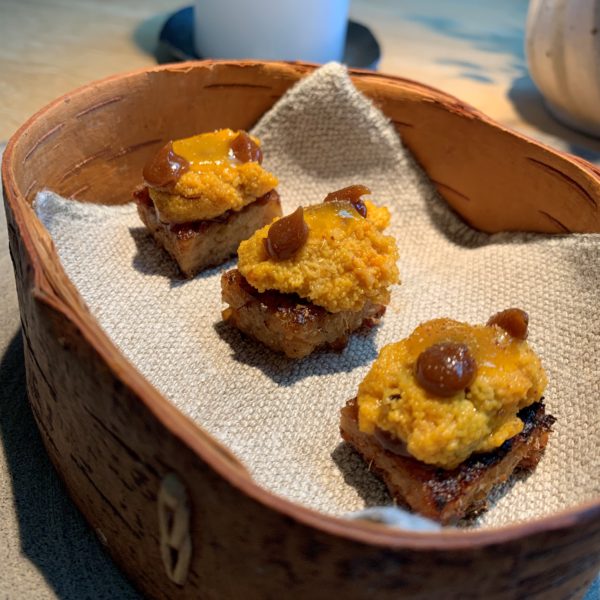
7) Sea Urchin with Molded Fermented Barley – Koji cake – sugar kelp paste
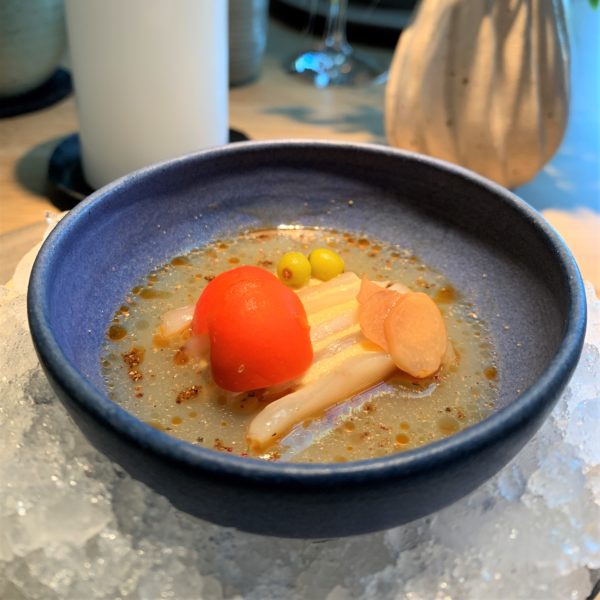
8) Cod Bladder, Quince Paste, Preserved Fruits, Mussel Broth and Chili Oil – The swim bladder is a buoyancy control organ in many bony fish.

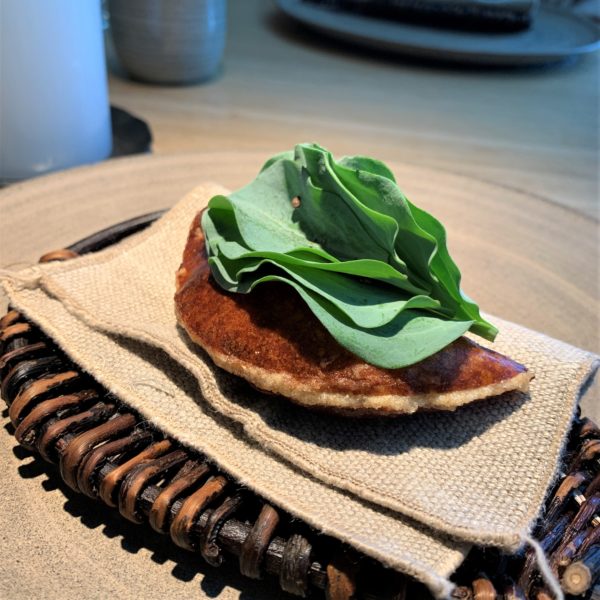
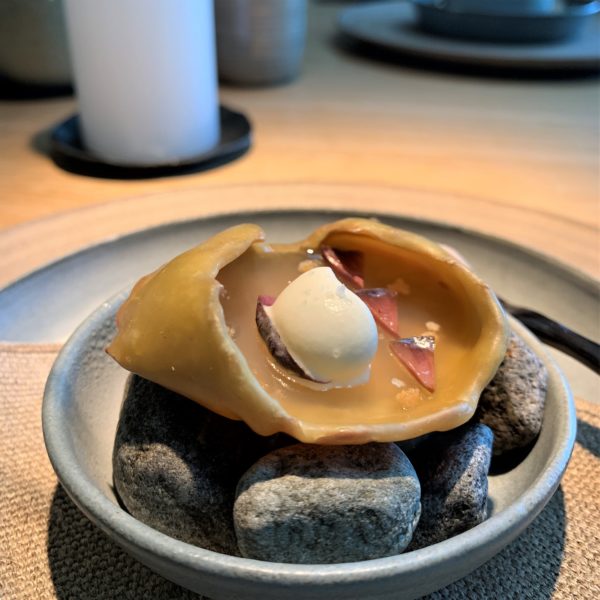
11) Beach Crab Gel and Pinecones
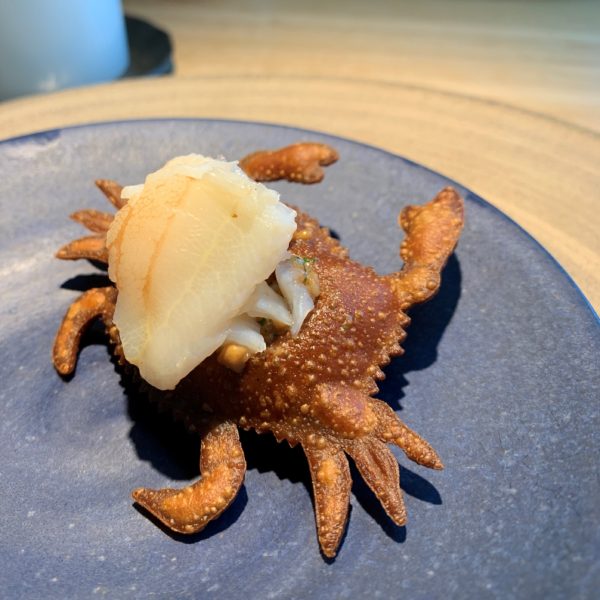
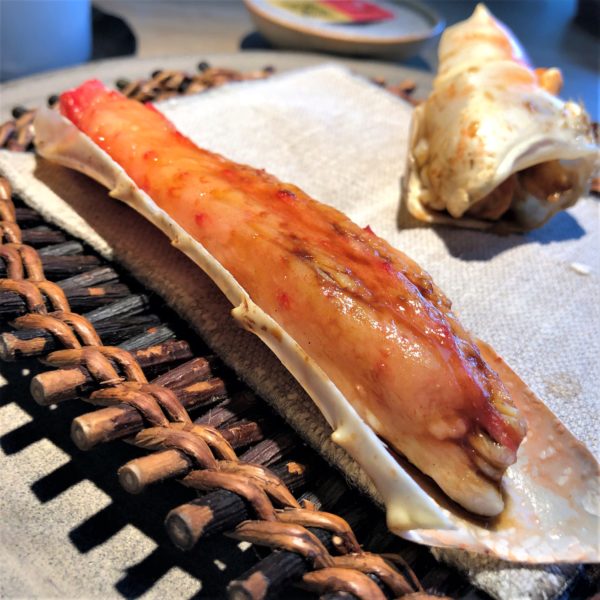
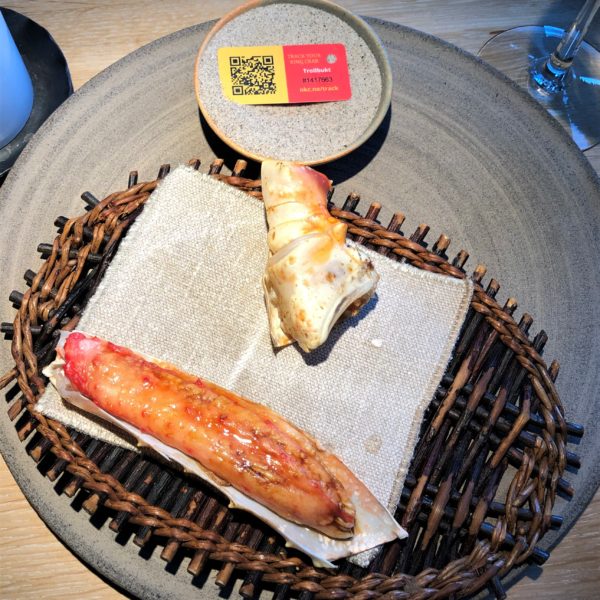
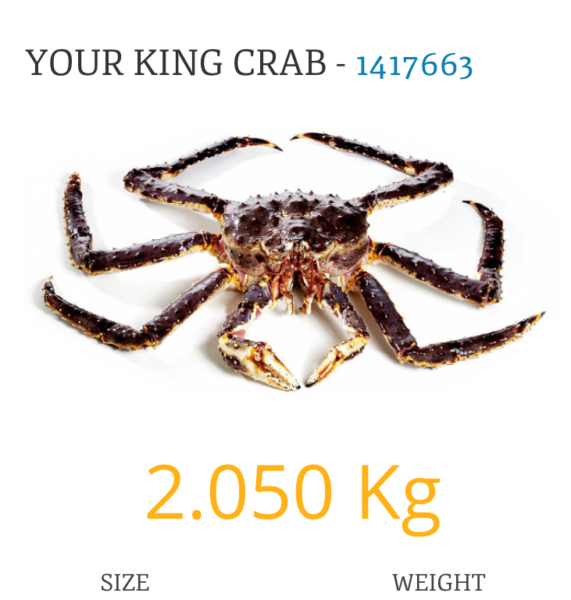
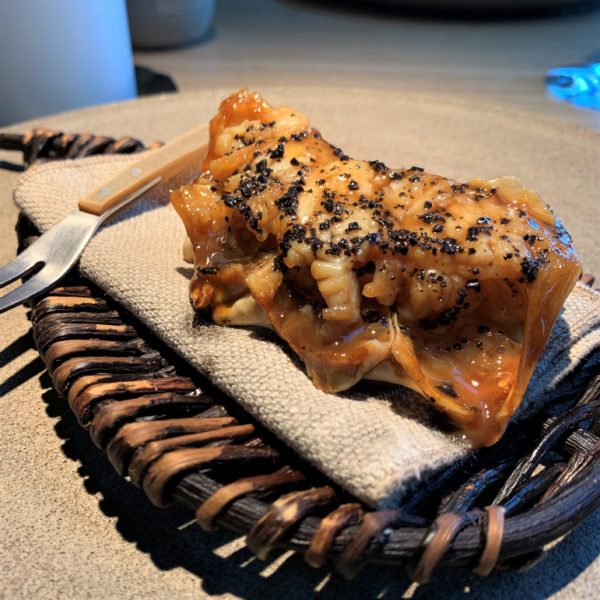
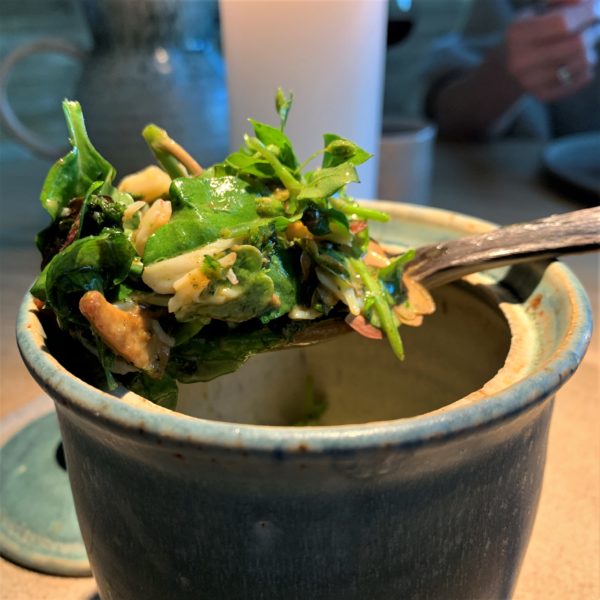
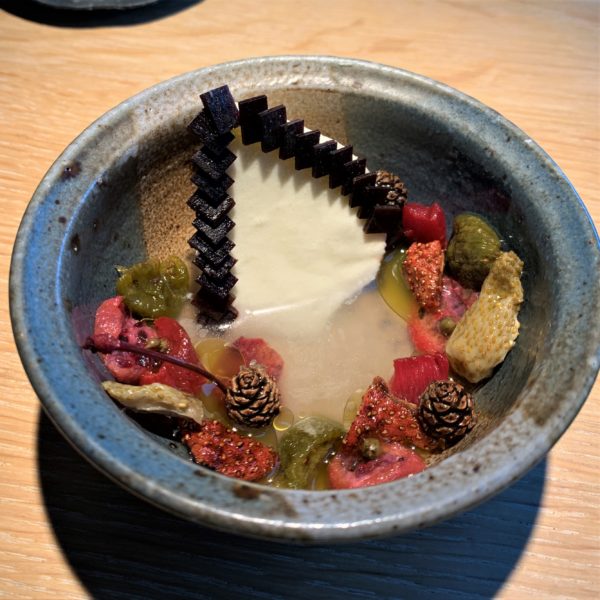
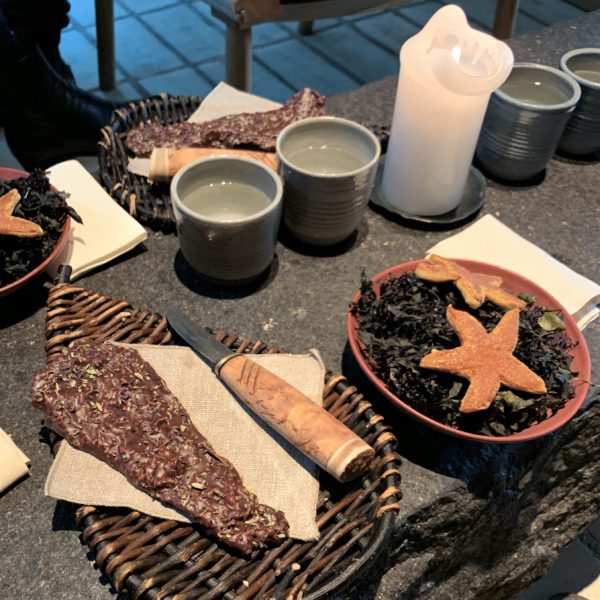
17) Cardamom Scented Sea Star – a frozen treat made from cardamom saffron and licorice.
18) Chocolate Cod Skin – flavored with arctic herbs
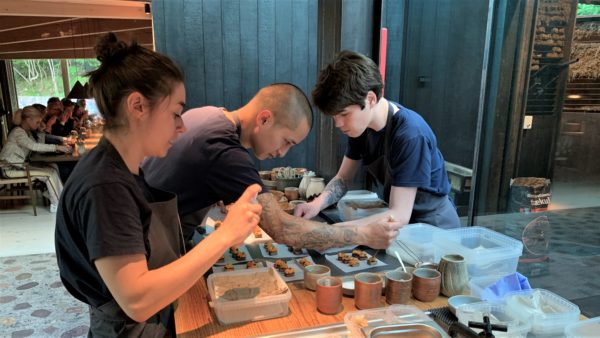
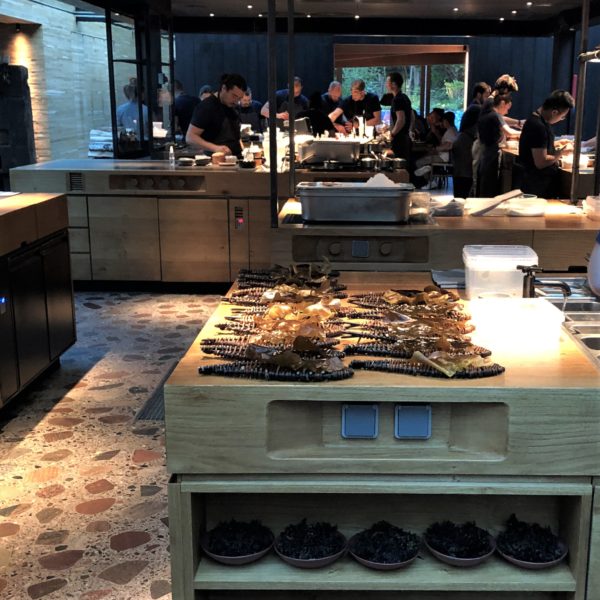
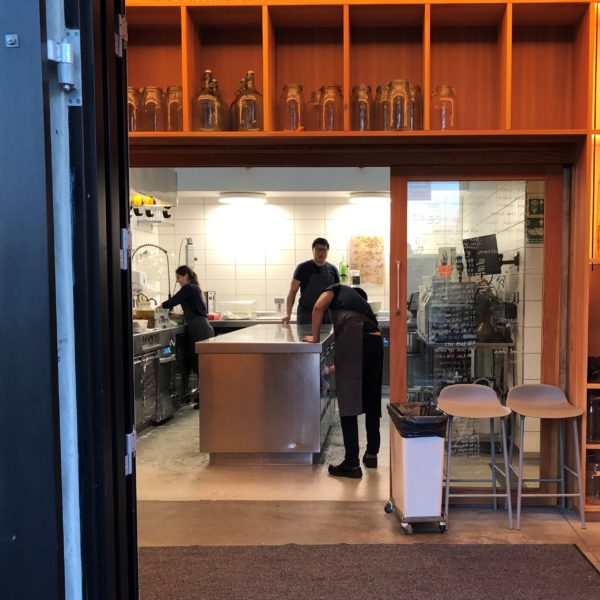
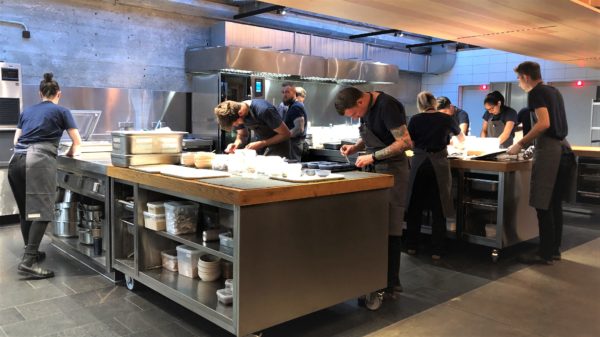
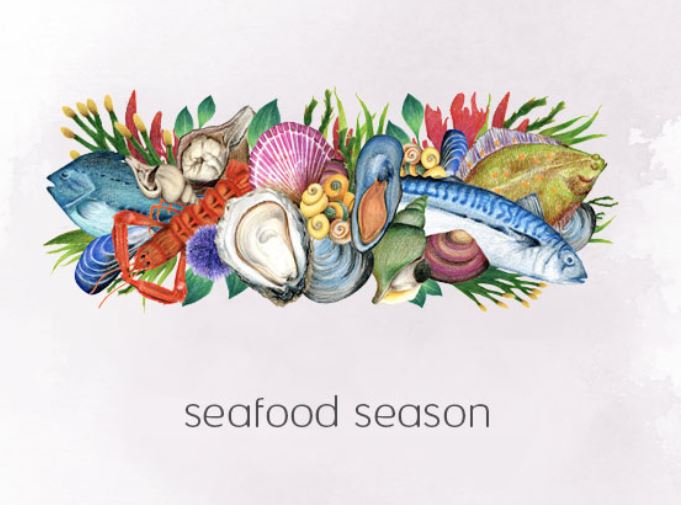
Noma Restaurant
Refshalevej 96
1432 Copenhagen K